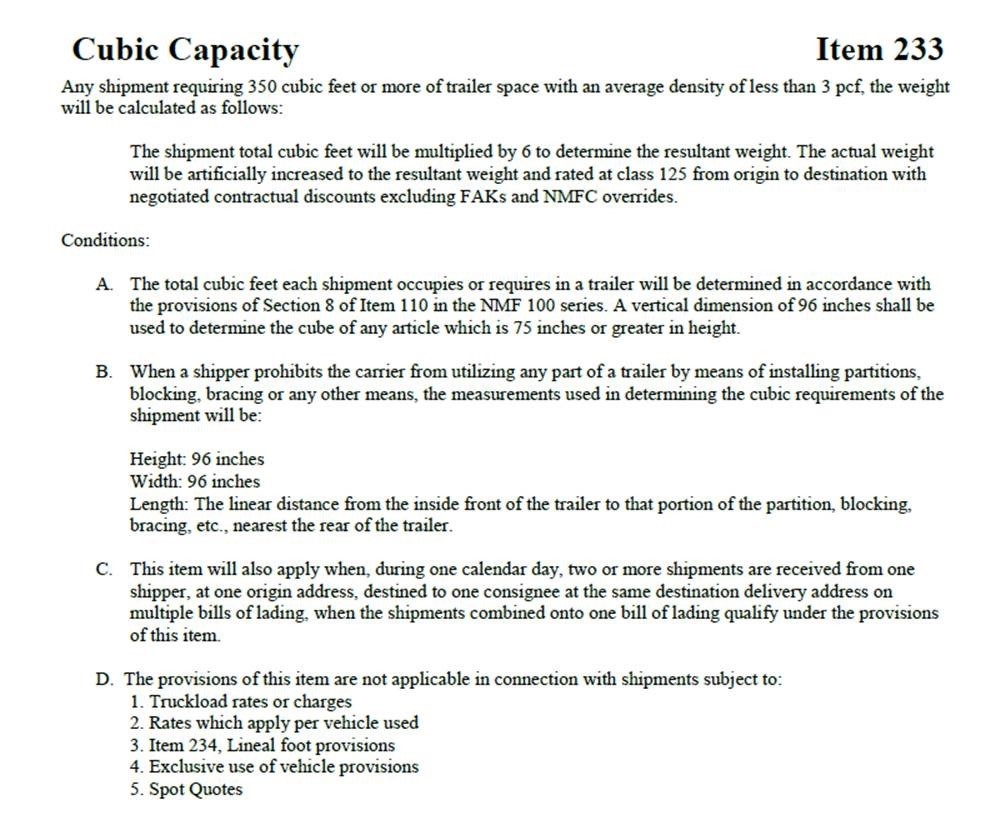Please remember LTL carriers employ “weight & inspection coordinators” whose sole responsibility is to catch the “bad guys” who list an inaccurate weight or class on their BOL?
- They keep an eye out for any shipments whose description on the BOL doesn’t seem to match up with its appearance.
- They will physically examine your freight, and if they deem it necessary to inspect the contents or check the weight, they’ll issue an inspection certificate.
- You will foot the bill for the additional inspection.
It is for this reason we need to make sure our shippers understand the follow:
- It is imperative to make sure the weight and class on the BOL are accurate.
- Don’t just guess, and don’t try to be sneaky, either! You can’t classify furniture as lumber, even though it was once lumber… (Yes, believe it or not, people actually do this!)
- Include the weight of your pallets in the total weight calculation of your shipment.
- If you forget multiple pallets, they could add up to an additional 500 pounds or more; that’s not just a few pounds off.
- Most LTL carriers have scales installed right on their forklifts that double-check the weight listed on the BOL automatically.
- Make sure you are measuring the freight with extreme accuracy (to the nearest inch)
- Some LTL carriers make it mandatory for drivers to carry a tape measure and measure the freight at the time of pick up.
- A couple of inches can add up to hundreds of dollars when classifying freight.
- Shippers who misrepresent freight need to understand carriers are not taking any more chances and the time to do the right thing is now!


